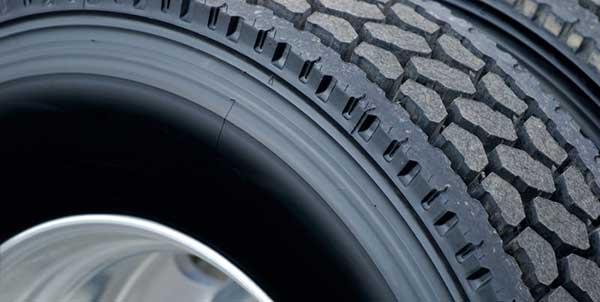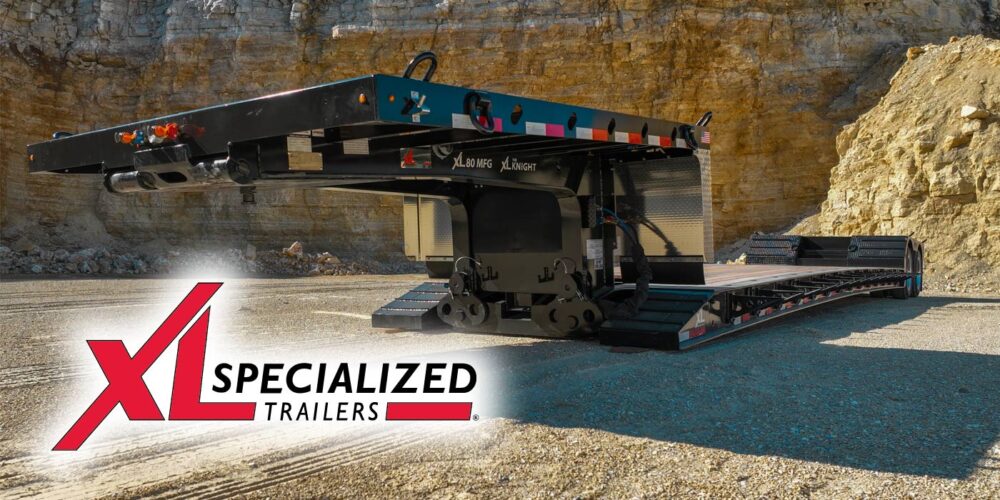Improving vehicle fuel economy is always important from a financial perspective for any fleet. Moving from 6.5 to 6.6 MPG may seem like a small improvement, but it can equate to millions of dollars per year in savings to a large fleet’s bottom line, and it’s still significant savings for a medium-size fleet as well.
Tires have a major impact on a tractor-trailer’s fuel economy. There is a plethora of new tires and retreads marketed as “fuel-efficient.” However, they are not all created equal. The government’s SmartWay program lists more than 300 new tires and retreads as meeting the verified technology list for fuel economy.
To make this verified technology list, tires must meet a minimum fuel-efficient (rolling resistance) threshold versus the same control tire used by all tire manufacturers. The difficulty for commercial fleets is to determine which SmartWay tires generate the best fuel economy for their specific service vocation and operation without adversely affecting treadwear, retreadability and traction.
Real-world fleet fuel economy testing is difficult, if not almost impossible, to run and evaluate. It is especially difficult to quantify what effect tire underinflation has on fuel economy. All of those inside dual tractor and trailer tires that are running 20 or 30 PSI lower versus the outside duals will have a dramatic negative effect on fuel economy.
An inside tire that is 30 PSI lower than the outside dual ends up with a much different RPM that the outside tire. The smaller diameter tire will be dragging and skipping to keep up with the tire running at 100 PSI. This will lead to early irregular wear and removal miles. When a tire tread surface is not smooth and even, fuel economy drops.
There are just too many uncontrollable variables for a fleet to run a serious, real-world fuel economy evaluation. These non-controllable variables include tractors not married to trailers, driver, routes, loads, speed and roads, to name a few.
Assuming the routes, loads, vehicles and speed are similar, the drivers will have the biggest impact on vehicle fuel economy. A recent evaluation at a fleet in the northeast ran a test on 10 identical, fully loaded vehicles that were all on the same dedicated run. Tire removal miles varied by as much as 35% with the same tire make/model on the 10 vehicles.
There was a direct correlation between the experience of the driver and the average tire removal mileage. A driver who had 38 years of experience had the highest tire mileages and the best vehicle fuel economy. The younger drivers with little experience had the lowest fuel economy and tire mileages.
At a recent industry trucking conference, fleet maintenance executives discussed the best ways to maximize vehicle fuel economy, understanding that the drivers are the key to success. The common denominator, they said, was implementing driver bonus quarterly incentives based on vehicle miles per gallon.
In some fleets, the driver fuel economy bonus was essentially a competition between all drivers with the same make/model year vehicle in the same application. The top three to five drivers with the highest vehicle MPG among their peers won the cash reward.
Another popular driver incentive program was to reward each driver based on improving his or her current average MPG. If, for example, a driver is currently averaging 6.5 MPG, he or she would be told if he or she could average 7 MPG during the next quarter, which would save the company X dollars in fuel, the driver would then get half of this total fuel savings. If he or she could maintain this new vehicle MPG target, the quarterly bonus would continue.
It is amazing how motivated drivers can be when a monetary incentive is available for maximizing vehicle fuel economy. Drivers understand how important it is to maintain proper tire pressure which will certainly help in improving fuel economy.
Drivers will also do a better job of inspecting tires for irregular wear. Tires with irregular wear will adversely affect vehicle fuel economy.














